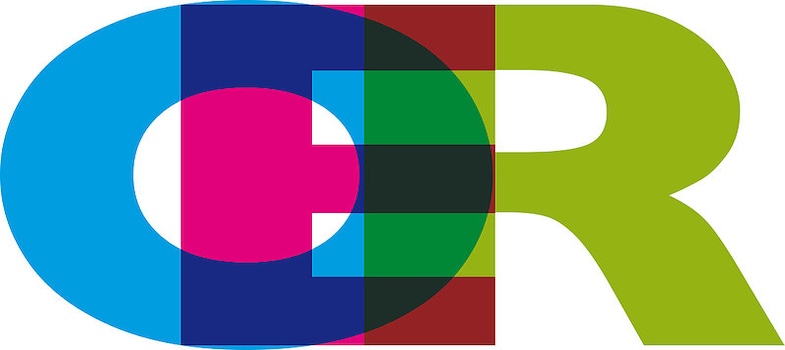3.5.2 CC-BY licence
![]()
The CC-BY licence is the next most accommodating of those within the Creative Commons licensing system. It offers considerable flexibility and, like CC0, allows for widespread dissemination of a resource. Its key features are:
- Credit must be given to the creator.
- The work may be distributed, remixed and adapted, for commercial or non-commercial purposes, as long as the original creator is credited.
Licensing example 1: An unmodified work with a CC-BY licence
If you want to use a CC BY-licensed work without adapting it, you should include the following caption or explanatory information:
[Work title] by [work creator] (hyperlink to original work), is licensed under [license type] (hyperlink to license).

Here’s a worked example, applying to the image above:
Lisbon Square by Leigh-Anne Perryman is licensed under a CC BY 2.0 license.
Licensing example 2: Modified image with a CC BY licence
If you modify the work, you should give an indication of the original source work and any modifications you’ve made. For example, indicate the new title of the work followed by the name of the original author and provide a hyperlink to the source and a link to the source licence. Then, give your name and clearly state if the material has been edited, adapted, or built upon in any way, followed by the licence you are using.
Use the following strategy: This work [“new title”] is adapted from [“original title”] by [original creator’s name](URL for original) licensed [licence] has been adapted by [Your name] [Changes made, if any], and licensed under [license] (link to the license).
Now, imagine Munir Moosa Sadruddin adapts the image above by cropping it as shown below. Munir also wants to use a newer licence.

The credit would be:
This work, “Red Door”, is adapted from “Lisbon Square” by Leigh-Anne Perryman, used under CC BY 2.0. "Red Door" is licensed under CC BY 4.0 by Munir Moosa Sadruddin / image cropped.
Licensing example 3: Modified book with a CC BY licence
Imagine Emma Jansen has created a book with the title Teaching global citizenship in Dutch primary schools’, and has given it a CC BY 4.0 licence. Ali Hussain wishes to adapt the book by replacing some of the examples with more relevant ones from his own context, and then re-sharing it. Ali will add his name after attributing the original creator of the resource and providing a link to the original work and its original licence. Ali will also indicate that he has changed Emma Jansen’s work.
“Teaching global citizenship in Pakistan” by Ali Hussain, licensed CC BY 4.0, is adapted from ‘Teaching global citizenship in Dutch primary schools’ by Emma Jansen, licensed under CC BY 4.0.
Licensing example 4:
Imagine you’ve found the image below online, and wish to use it in a PowerPoint slide show for use in your work, and for publishing online on a platform such as SlideShare. The CC BY 4.0 licence allows you to do this, as long as you place the licensing information alongside the image, using the following strategy: “Title” (link to original source) by Author, is used under a [type of license](license URL), as shown in the caption beneath the photo. You would also add licensing information to the title slide of your presentation, adding your own name and your chosen licence.

“Street of Edinburgh” by Munir Moosa is licensed under CC BY 4.0
More details are available at: https://creativecommons.org/licenses/by/4.0/
